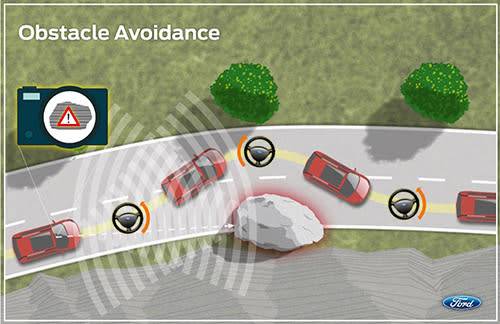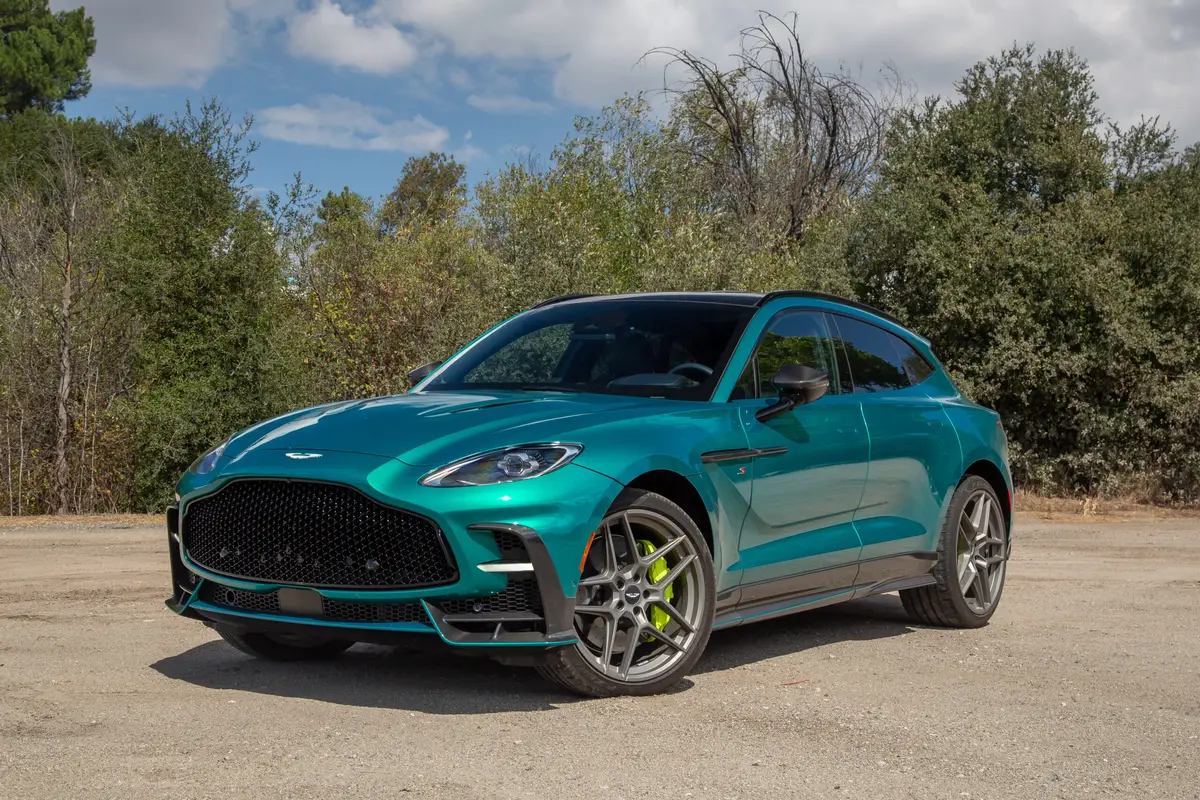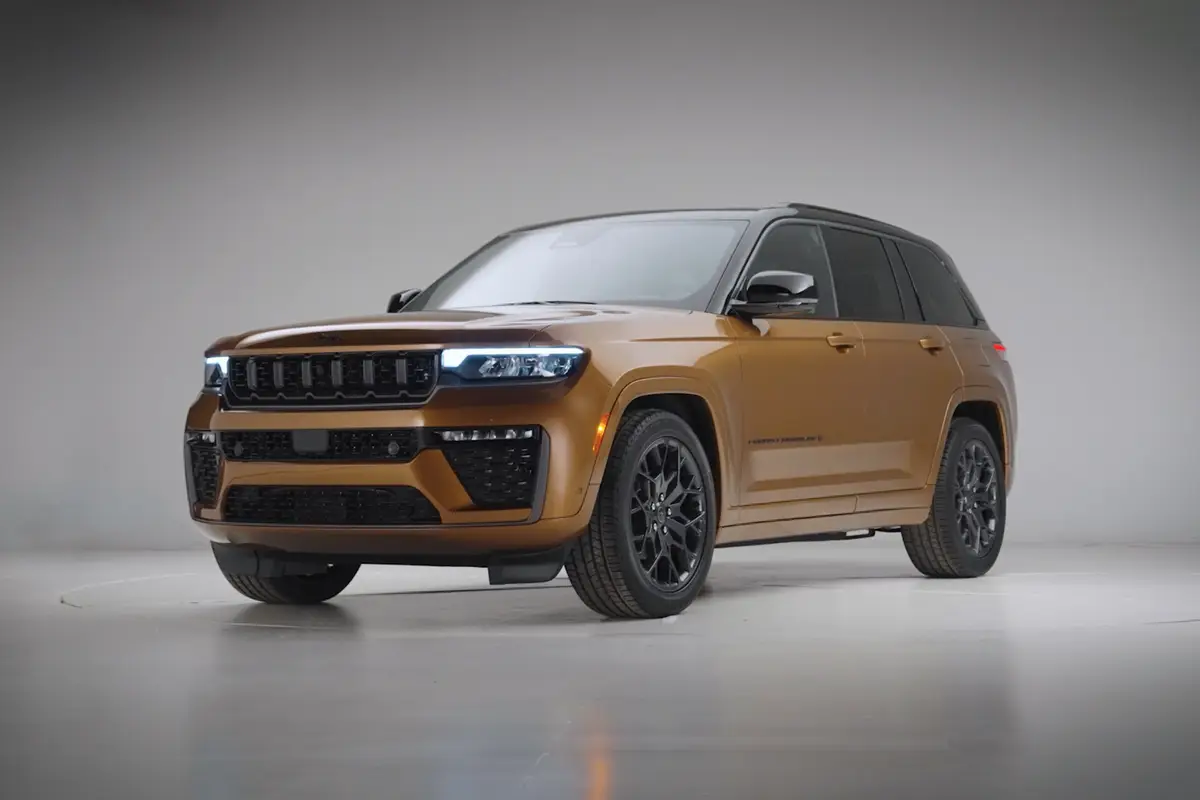Ford, Toyota Crash-Avoidance Systems Target Pedestrian Fatalities


As pedestrian versus car fatalities continue to rise in the U.S., automakers are working on new technologies to help address the problem. Most recently, both Ford and Toyota have developed new safety systems that use both automatic braking and steering to prevent the vehicles from striking a pedestrian or other obstacle in the roadway. Both announced their innovations last week, with Ford revealing a test car using its Obstacle Avoidance system, and Toyota announcing the development of its Pre-collision System with Pedestrian-avoidance Steer Assist.
Ford’s test car, a Focus introduced at its proving grounds in Lommel, Belgium, uses automatic steering and braking to avoid collisions with vehicles that are stopped or slowing in the same lane ahead, or to avoid hitting a pedestrian. The system first issues warnings when it detects slow-moving or stationary obstacles; if the driver fails to steer or brake following those warnings, the system automatically steers and brakes to avoid a crash. Ford developed the Obstacle Avoidance-equipped Focus as part of a research project in cooperation with a consortium of 29 partners creating active safety systems to intervene in imminent collisions.
“There are many instances — such as unexpectedly queuing traffic ahead — when this technology could benefit both the driver whose car is equipped with the technology and others on the road,” said Barb Samardzich, vice president of product development for Ford of Europe, in a statement.
On Friday in Japan, Toyota announced that it had developed a similar system, which uses automatic steering combined with increased precollision braking force and automatic braking specifically designed to help avoid striking pedestrians. The system, PCS with Pedestrian-avoidance Steer, kicks in when automatic braking alone is not sufficient, such as when the vehicle is going too fast or a pedestrian suddenly steps into its path, according to the automaker.
An onboard sensor detects pedestrians and issues a visual alert on the dashboard in front of the driver; if the likelihood of a collision increases, the system issues an audio alarm, and the increased precollision braking force and automatic braking functions are activated. If the system determines a collision cannot be avoided by braking alone, and there is sufficient room for avoidance, steer assist is activated to steer the vehicle away from the pedestrian.
“Toyota is committed to developing safety technologies that help eliminate traffic fatalities and injuries involving pedestrians and other vulnerable road users,” the automaker said in a statement.
While Japan’s pedestrian-death totals have been on the decline for a dozen consecutive years, the U.S. continues to see an increase in fatalities, according to the National Highway Traffic Safety Administration. Pedestrian deaths increased 4 percent to 4,280 from 2009 to 2010, and nearly another 4 percent in 2011, when there were 4,432 such deaths.
Toyota said it intends to make the pedestrian-avoidance technology widely available by 2015. Ford did not specify a timeline for the availability of the Obstacle Avoidance system.
Related
Department of Transportation: Everyone Is a Pedestrian
Automakers Say EV Noisemakers Too Loud
More Safety News on Cars.com

Former Assistant Managing Editor-News Matt Schmitz is a veteran Chicago journalist indulging his curiosity for all things auto while helping to inform car shoppers.
Featured stories


2026 Aston Martin DBX S Review: Excellence in (DB)X S


